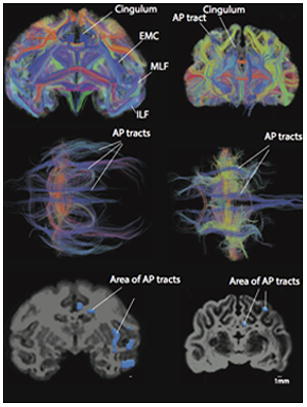BACKGROUNDPrecise prognostic and predictive variables permitting improved post-operative therapy stratification are lacking in sufferers handled for stage II colon most cancers (CC).
Investigation of tumor infiltrating lymphocytes (TILs) could also be rewarding, however the lack of a standardized analytic approach is a significant concern. Manual stereological counting is taken into account the gold customary, however digital pathology with image analysis is most well-liked as a consequence of time effectivity.
The goal of this research was to check guide stereological estimates of TILs with computerized counts obtained by image analysis, and on the identical time examine the heterogeneity of TILs.METHODSFrom 43 sufferers handled for stage II CC in 2002 three paraffin embedded, tumor containing tissue blocks had been chosen one of them representing the deepest invasive tumor entrance.
Serial sections from every of the 129 blocks had been immunohistochemically stained for CD3 and CD8, and the slides had been scanned. Stereological estimates of the numerical density and space fraction of TILs had been obtained utilizing the computer-assisted newCAST stereology system.
For the image analysis strategy an app-based algorithm was developed utilizing Visiopharm Integrator System software program. For each strategies the tumor areas of curiosity (invasive entrance and central space) had been manually delineated by the observer.RESULTSBased on all sections, the Spearman’s correlation coefficients for density estimates assorted from 0.9457 to 0.9638 (p < 0.0001), whereas the coefficients for space fraction estimates ranged from 0.9400 to 0.9603 (P < 0.0001). Regarding heterogeneity, intra-class correlation coefficients (ICC) for CD3+ TILs assorted from 0.615 to 0.746 in the central space, and from 0.686 to 0.746 in the invasive space.
ICC for CD8+ TILs assorted from 0.724 to 0.775 in the central space, and from 0.746 to 0.765 in the invasive space.CONCLUSIONSExact goal and time environment friendly estimates of numerical densities and space fractions of CD3+ and CD8+ TILs in stage II colon most cancers could be obtained by image analysis and are extremely correlated to the corresponding estimates obtained by the gold customary based mostly on stereology.
Since the intra-tumoral heterogeneity was low, this technique could also be really useful for quantifying TILs in just one histological part representing the deepest invasive tumor entrance.

Localization of Macrophages in the Human Lung by way of Design-Based Stereology.
Interstitial macrophages (IMs) and airspace macrophages (AMs) play essential roles in lung homeostasis and host-defense and are central to the pathogenesis of a quantity of lung ailments.
However, absolutely the numbers of macrophages and the exact anatomic places they occupy in the wholesome human lung haven’t been quantified.To decide the exact quantity and anatomic location of human pulmonary macrophages in non-diseased lungs and to quantify how that is altered in persistent cigarette people who smoke.
Whole proper higher lobes from 12 human donors with out pulmonary illness (6 people who smoke and 6 nonsmokers) had been evaluated utilizing design-based stereology. CD206+/CD43+ AMs and CD206+/CD43- IMs had been counted in 5 distinct anatomical places utilizing the optical disector probe.
MEASUREMENTS AND MAIN RESULTSAn common of 2.1×109 IMs and 1.4×109 AMs had been estimated per proper higher lobe. 95% of AMs had been contained in diffusing airspaces and 5% in airways. 78% of IMs had been positioned inside the alveolar septa, 14% round small vessels and 7% across the airways. The native density of IMs was better in the alveolar septa than in the connective tissue surrounding the airways or vessels.
The complete quantity and density of IMs was 36-56% better in the lungs of cigarette people who smoke versus nonsmokers.The exact places occupied by pulmonary macrophages had been outlined in non-diseased human lungs from people who smoke and nonsmokers. IM density was biggest in the alveolar septa.
Lungs from persistent people who smoke had elevated IM numbers and general density, supporting a task for IMs in smoking-related illness.
